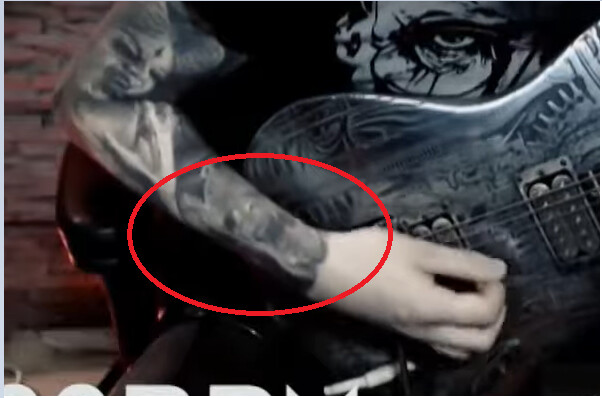Since I don’t know much about this muscle (other than I remember hearing you can do ‘hammer curls’ to train it, long ago when I cared about exercise lol) I looked it up. Each of these links explains the function of the brachioradialis and has some cool info on it.
Brachioradialis - Physiopedia.
It was interesting to read that the brachioradialis acts more as a pronator than a supinator. This jives with the whole DSX implications of elbow based movements too, as we often see DSX players more pronated than neutral or supinated. That’s not to say it can’t do supination too, just interesting because of certain trends we see of players that have a primary elbow based motion.
I don’t think I’m ‘misguided’ by saying the elbow can only move back and forth like a windshield wiper and that the forearm (bones involved) can only rotate. This really is all those 2 joints do and it’s what Troy trains us to watch for when identifying picking motions.
While the muscles of the forearm themselves are obviously quite complex, we have to remember that in the context of picking, it’s the joint motions that move our picks in a given trajectory. The elbow joint can only flex/extend. The forearm (bones) can only supinate/pronate. The brachioradialis apparently assists with those 2 things, and other muscles can too. I take your point that getting those joints to do what they do can be achieved many different ways, and that’s where the various muscles come into play. Thanks for pointing it out, because it’s good to be aware of those things. Everybody’s ‘body’ is different and knowing more options may help some folks in certain ways they weren’t aware of.
So back to Bernth - his elbow joint is flexing/extending. His forearm does not appear to rotate (though he is using his forearm muscles to help with his elbow motion). His wrist is likely doing something to assist with the mixed escape he’s doing, unless there is swiping present. I really can’t spot the details and I’m not as experienced in identifying the complexities of the wrist.
The takeaway for me is, if you want to play at speeds like this, the elbow is very well going to be involved, even if you are a wrist player. Keeping that wrist loose (which is hard!) seems necessary too.




